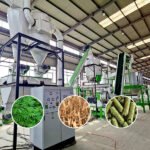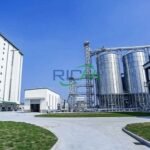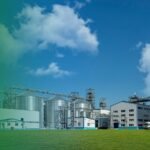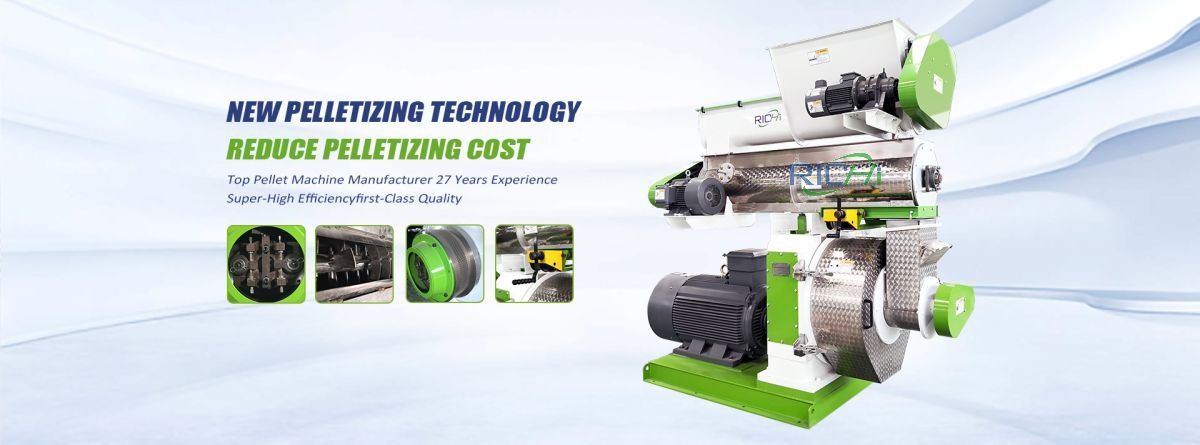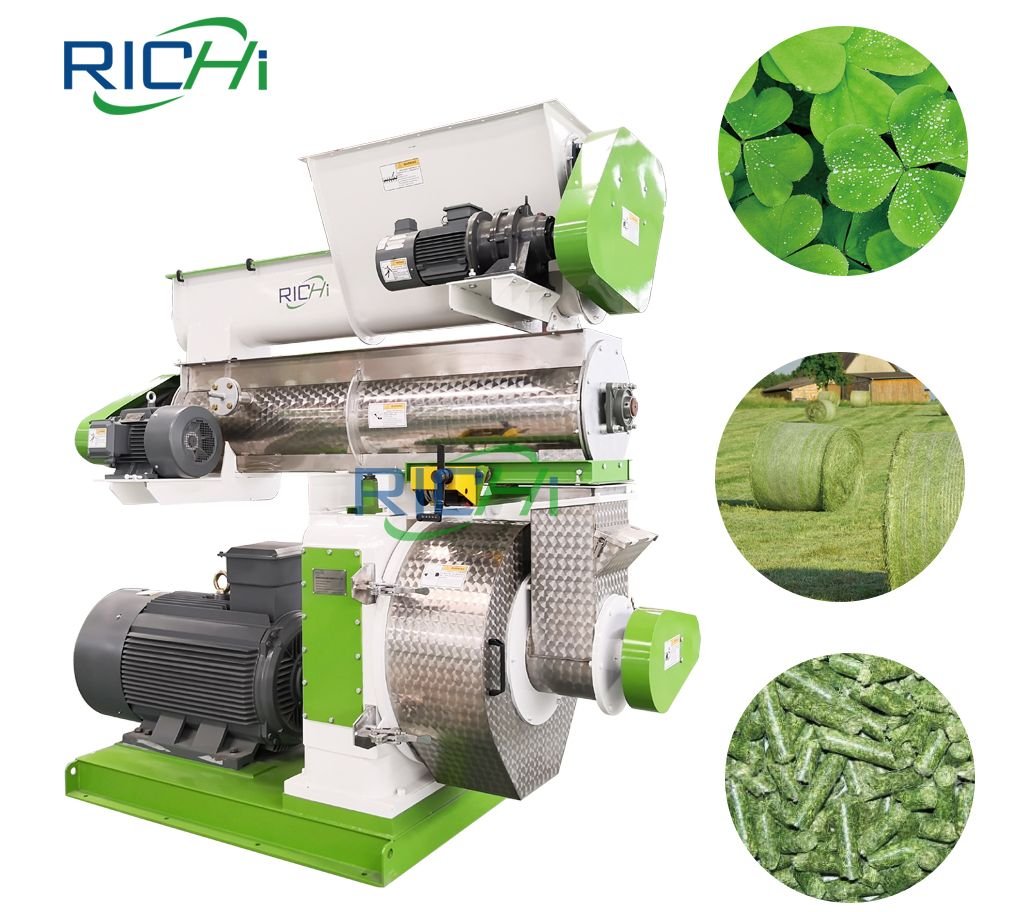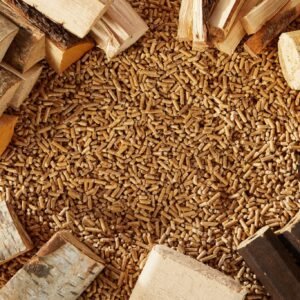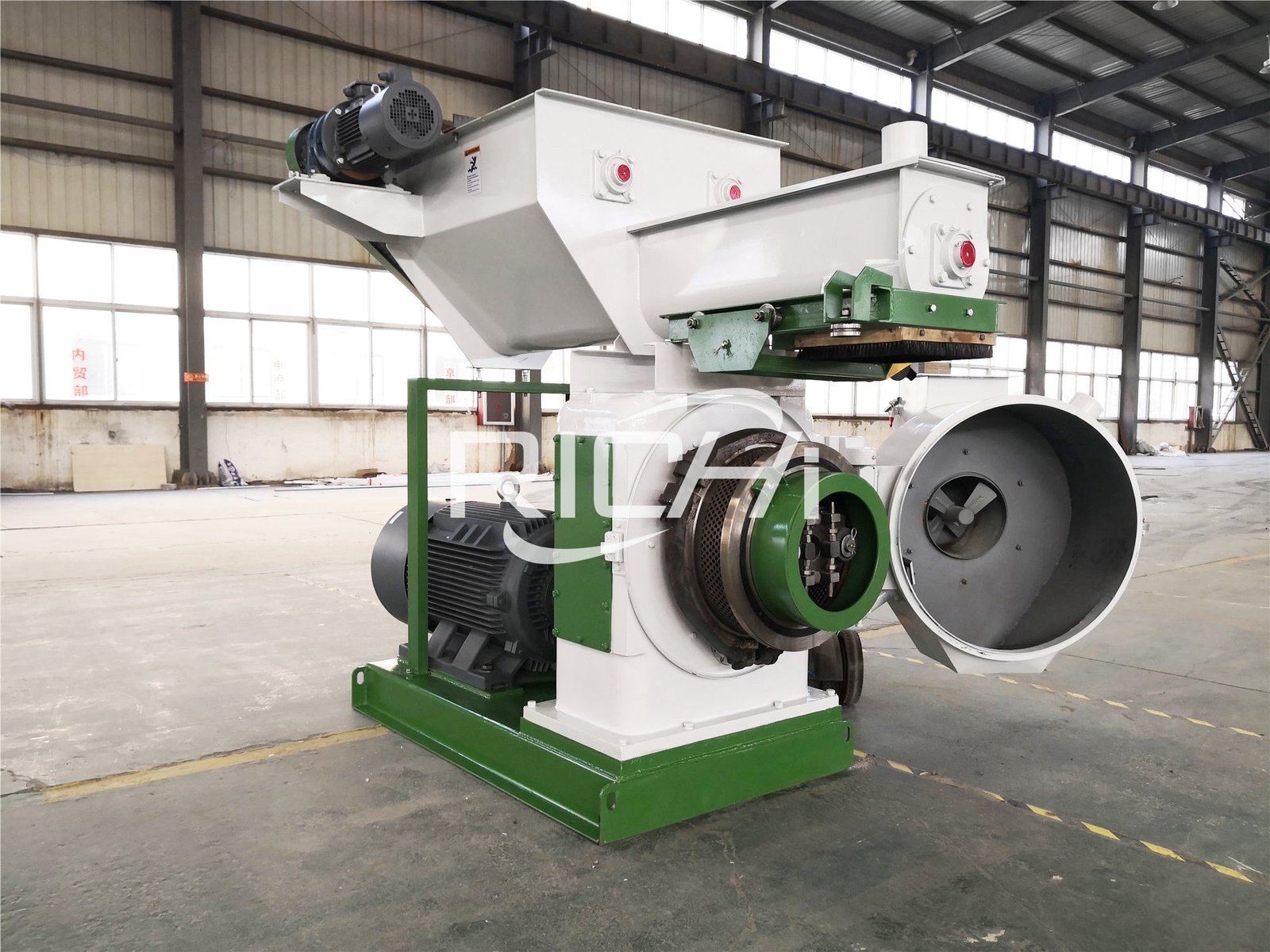Hay pellet machines are designed to convert loose hay and forage materials into compact, manageable pellets. Choosing the right materials for these machines is essential for producing high-quality pellets and ensuring efficient operation. Here’s an overview of the most suitable materials for hay pellet machines, including their benefits and characteristics:
1. Alfalfa (Lucerne)
- Nutritional Value: Rich in protein, fiber, and essential minerals.
- Binding Properties: Natural lignin content aids in pellet formation.
- Versatility: Suitable for a range of livestock, including cattle, horses, and rabbits.
- Pelletizing Efficiency: Forms dense, durable pellets with minimal additives.
Benefits: Alfalfa’s high nutritional content and natural binding properties make it ideal for producing high-quality, nutritious pellets.
2. Timothy Grass
- Nutritional Profile: Low protein but high in fiber, ideal for high-fiber diets.
- Pelletizing Properties: Forms stable pellets with the right moisture content.
- Palatability: Highly appealing to many herbivores, especially horses.
- Dust Reduction: Reduces respiratory issues associated with loose hay.
Benefits: Timothy grass is favored in the equine industry for its high fiber content and palatability, and pelletized form minimizes dust and respiratory issues.
3. Orchard Grass
- Balanced Nutrition: Provides a good mix of protein and fiber.
- Taste: Highly palatable for most livestock.
- Pellet Integrity: Forms stable pellets with proper processing.
- Versatility: Suitable for various ruminants and small animals.
Benefits: Orchard grass offers a balanced nutritional profile and is versatile, making it suitable for different animals and feed formulations.
Related post: https://www.pellet-richi.com/wood-pellet-machine/alfalfa-pellet-making-machine.html
4. Bermuda Grass
- Heat Tolerance: Maintains nutritional value even in hot climates.
- Fiber Content: Supports digestive health in livestock.
- Pelletizing Efficiency: Forms consistent pellets with proper moisture management.
- Cost-Effective: Often more economical than some other hay varieties.
Benefits: Bermuda grass is ideal for warmer climates, providing good fiber content and being cost-effective.
5. Oat Hay
- Energy Content: Provides good caloric value for livestock.
- Balanced Nutrition: Contains a mix of fiber, protein, and minerals.
- Pellet Formation: Forms stable pellets with proper processing.
- Digestibility: Easily digestible for various animals.
Benefits: Oat hay is rich in energy and digestible, making it a good supplementary feed.
6. Mixed Grass Hay
- Nutritional Balance: Blending different grass types can create an optimal nutritional profile.
- Improved Pellet Quality: Combining grasses can enhance pellet formation.
- Flexibility: Allows for customization based on available materials and animal needs.
- Cost-Effectiveness: Utilizes locally available grass varieties.
Benefits: Mixed grass hay offers flexibility and customization, allowing producers to balance nutritional needs and cost.
7. Straw (as a Supplement)
- Filler Material: Can be mixed with higher-quality hay to reduce costs.
- Fiber Boost: Increases fiber content in pellet formulations.
- Pellet Density: Can enhance pellet formation when mixed with leafier materials.
- Economical Option: Often a cost-effective way to increase pellet volume.
Benefits: Straw is used as a supplement to increase fiber content and reduce overall feed costs.
Factors Influencing Material Suitability
Several factors determine the suitability of materials for hay pellet machines:
- Moisture Content: Ideal moisture levels (typically 10-15%) are crucial for proper pellet formation.
- Fiber Length: Materials should be properly chopped to ensure uniform pellet formation.
- Nutritional Requirements: The choice of hay should align with the nutritional needs of the target animals.
- Pellet Durability: Materials should form pellets that can withstand handling and transportation.
- Machine Compatibility: Different hay pellet machines may have specific material requirements.
Preparation and Processing Considerations
Proper preparation and processing are crucial for optimal results:
- Drying: Ensure proper moisture content through natural or artificial drying.
- Grinding: Reduce particle size for uniform pellet formation.
- Conditioning: Add steam or water to improve binding properties.
- Mixing: Blend different materials or add supplements for nutritional enhancement.
Conclusion
Choosing the right materials for hay pellet machines is vital for producing high-quality, efficient feed pellets. Alfalfa, timothy grass, orchard grass, Bermuda grass, oat hay, and mixed grass hays each offer unique benefits. Proper preparation and processing of these materials can enhance pellet quality and performance.
As the demand for efficient animal feed solutions grows, understanding the suitability of various materials for hay pellet machines becomes increasingly important. By selecting the appropriate materials and optimizing the pelletizing process, producers can create nutritious, durable feed pellets that meet the diverse needs of livestock and contribute to more sustainable agricultural practices.


